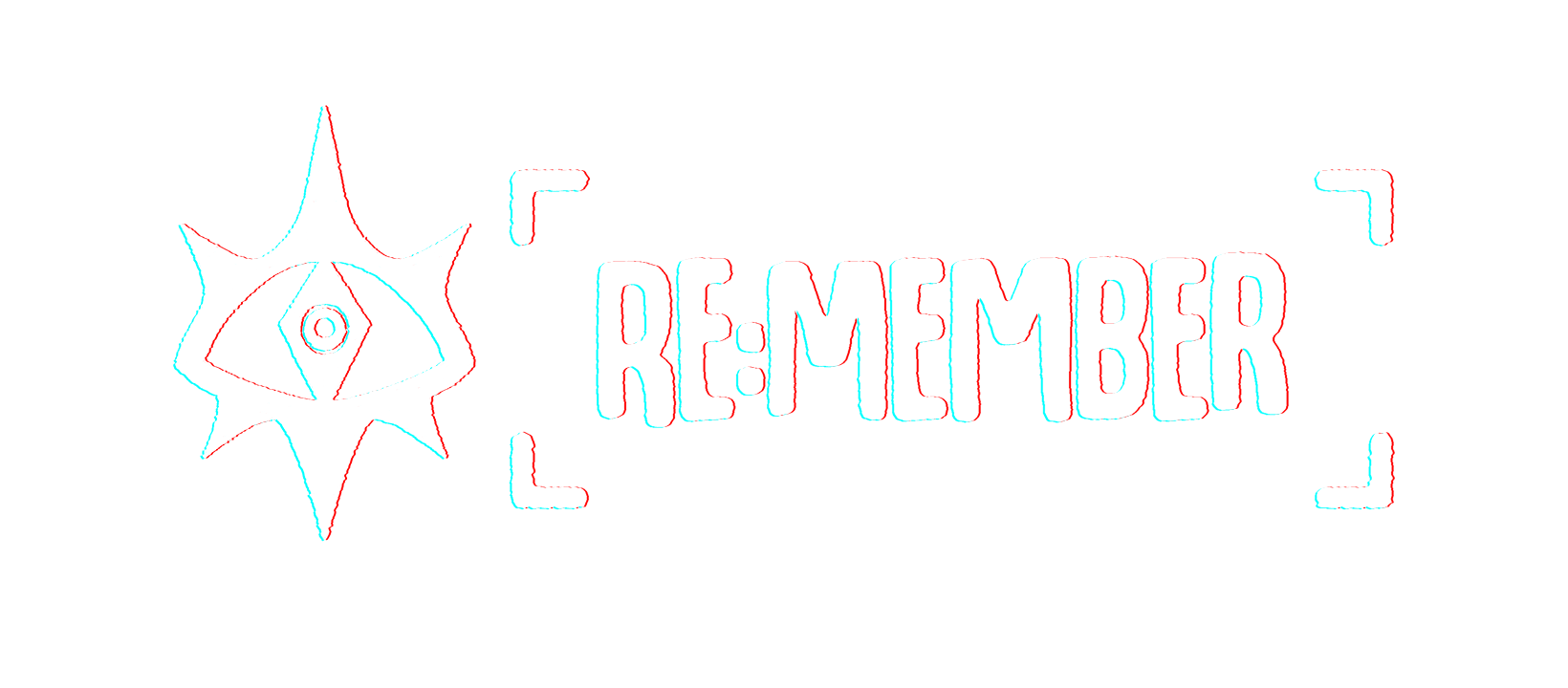Media can either break stereotypes or reinforce them. Authentic representation is the key to understanding OCD beyond the surface.
Obsessive-Compulsive Disorder (OCD) remains a misunderstood condition in many cultures, including the Philippines, where media and cultural norms heavily influence perceptions. Multimedia Arts students from De La Salle-College of Saint Benilde conducted a study titled “Media’s Role in Shaping Young Filipino Adults’ Perception of OCD and Why It Matters.” This research delved into how Filipino young adults, both diagnosed and undiagnosed with OCD, perceive the disorder through its portrayal in entertainment media. The findings shed light on prevailing misconceptions and the need for authentic representation to foster empathy and understanding.
Public’s Skewed Perception of OCD via Media Exposure
One recurring theme was the “Public’s Skewed Perception of OCD via Media Exposure.” The majority of survey participants (83.3%) indicated their first awareness of OCD came from entertainment media. Unfortunately, this exposure often perpetuated stereotypes, with respondents associating OCD with being a “neat freak” or obsessed with cleanliness. As one participant observed,
When people say, ‘I’m so OC,’ they don’t understand… They’re making light of a disorder that affects how I function every day.”
A parallel issue is the overrepresentation of certain OCD subtypes, such as contamination OCD, while neglecting less visible subtypes like intrusive thoughts or rumination. This limited narrative has tangible consequences; both case study interviewees described the struggle of doubting their diagnoses due to a lack of relatable portrayals. Interviewee A shared how finding a character with OCD, Claire Dunphy from Modern Family, helped them connect with a supportive community, stating,
“I thought this was only my problem…
It turns out others are suffering the same thing.”
“Because I couldn’t find the words… I thought this was only my problem… Then I saw a character like me on TV.”
Pakikisama & hiya
The study also explored the cultural lens through which OCD is perceived. Traditional Filipino values, such as pakikisama (harmony) and hiya (shame), play a dual role. While some families foster acceptance, others perpetuate stigma by viewing mental health struggles as personal weaknesses. One interviewee recounted their family’s reaction to their OCD, remarking,
“My mother wanted to call a priest to pray the depression away.’”
This highlights the importance of educational interventions to address misconceptions rooted in faith or tradition. Despite these challenges, the research underscores the transformative potential of media. When done empathetically, representations of OCD can challenge stereotypes and promote understanding. As one sociologist noted,
“Stories are powerful.”
“Characters make mental health more relatable, more understandable, and something you can connect to.”
Young adults exposed to compassionate portrayals were more likely to adopt empathetic attitudes, suggesting that media can act as a catalyst for societal change.
MOST IMPORTANTLY,
The study emphasizes the need for diverse and authentic depictions of OCD in Filipino media. By shifting the narrative from stereotypes to nuanced realities, media can pave the way for a more inclusive society, where individuals with OCD are understood, supported, and respected.








